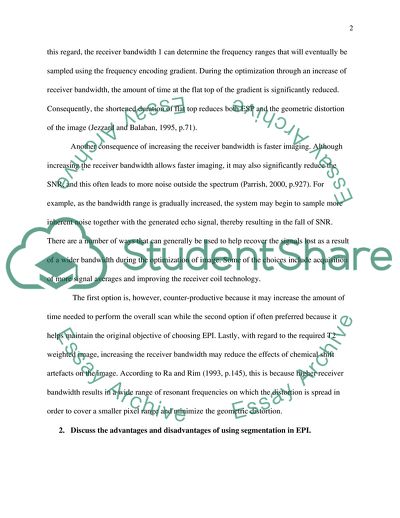Cite this document
(Fast Imaging Techniques Report Example | Topics and Well Written Essays - 1250 words - 1, n.d.)
Fast Imaging Techniques Report Example | Topics and Well Written Essays - 1250 words - 1. https://studentshare.org/physics/1784607-fast-imaging-techniques-mri
Fast Imaging Techniques Report Example | Topics and Well Written Essays - 1250 words - 1. https://studentshare.org/physics/1784607-fast-imaging-techniques-mri
(Fast Imaging Techniques Report Example | Topics and Well Written Essays - 1250 Words - 1)
Fast Imaging Techniques Report Example | Topics and Well Written Essays - 1250 Words - 1. https://studentshare.org/physics/1784607-fast-imaging-techniques-mri.
Fast Imaging Techniques Report Example | Topics and Well Written Essays - 1250 Words - 1. https://studentshare.org/physics/1784607-fast-imaging-techniques-mri.
“Fast Imaging Techniques Report Example | Topics and Well Written Essays - 1250 Words - 1”. https://studentshare.org/physics/1784607-fast-imaging-techniques-mri.


